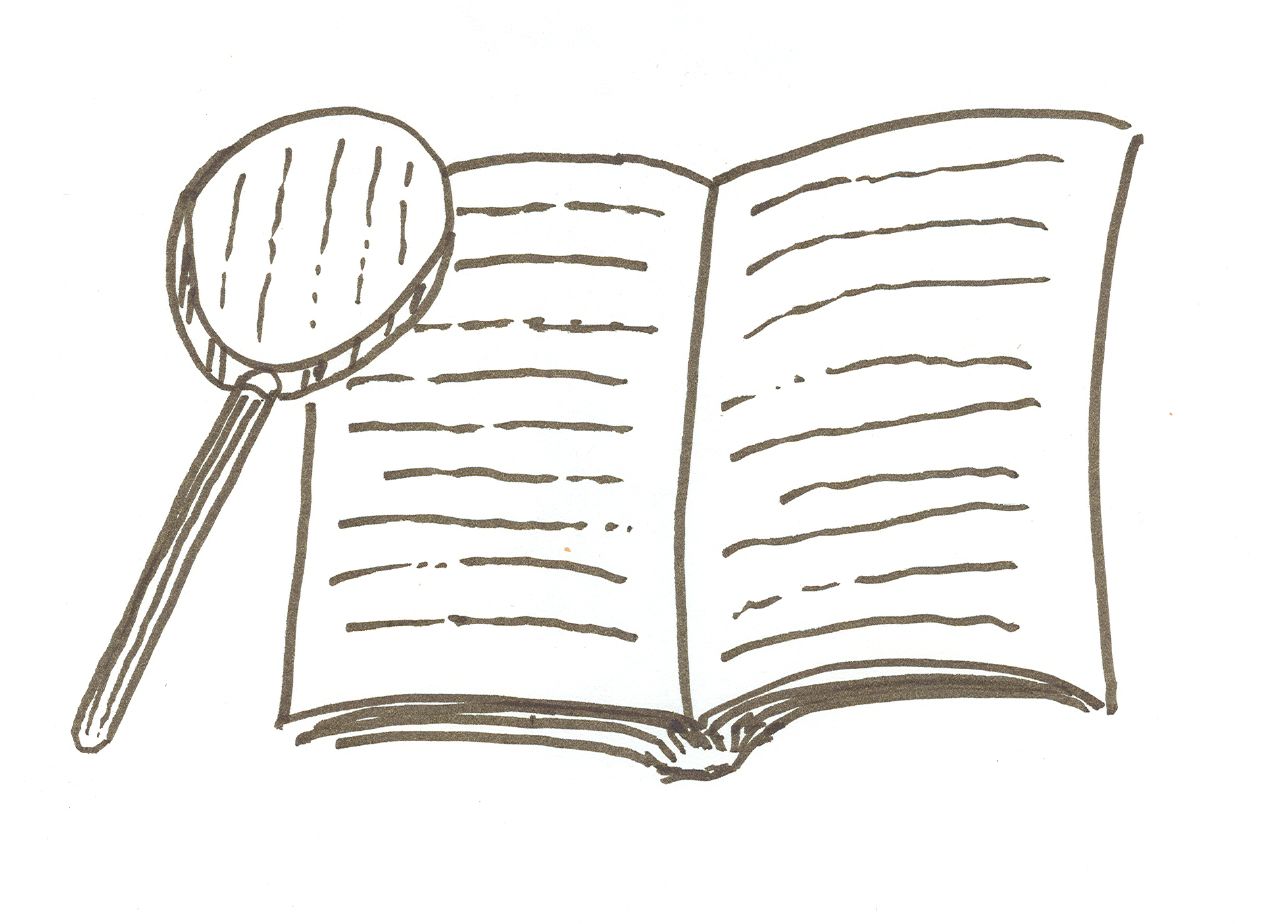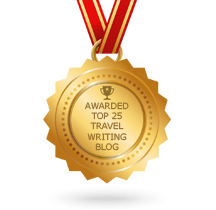Writers get the glory and the byline. Editors rarely get a mention. Yet their role is vital.
For some, the process of writing seems to be effortless, a natural gift. Their prose is engaging, witty, evocative and always clear. But chances are you’re reading the end product. What if you were to see their first draft?
It might come as a surprise to learn that even the most talented writers don’t get it right first time round. First drafts are frequently sloppy and muddled. It takes some refinement to make them great.
Most top publications and blogs have professional editors to tweak and fine-tune their content — to give it a little nip and tuck where needed. Other writers and bloggers have to edit themselves, which can prove a lot more difficult. Editing is not an easy feat — it’s time-consuming and draining — but it is a necessary one. Not editing your travel content is like bypassing quality checks. Without doing it, the results can be embarrassing or, even worse, damaging to your brand. Fortunately, there are techniques and tips that can help you with the process.
Here is our eight-point checklist for editing travel content.
1. Read it out loud slowly and carefully
When you are familiar with the copy, it is difficult to spot mistakes. Devise strategies to get past this. Try printing it out and reading it aloud (enunciating every syllable), or try enlarging the print size so only a fraction of the text shows on the screen at once. Some editors advise reading it backwards to avoid unconsciously correcting mistakes. The method you choose is up to you; just find a way that gives you a new perspective on the text.
2. Cut and trim
Early drafts are often cluttered. Writers tend to pour all their thoughts out onto the page, before realising where the crux of the article lies. But readers are impatient and won’t waste time with irrelevancies, repetitions or unnecessary fillers, so cut them out. If you’re self-editing, this can be extra hard. You might be really proud of particular phrases, but if they aren’t adding to the article, they’ve got to go. Similarly, if you’ve gone way over the word count, you’ll need to cut it back, no matter how attached you are to the prose.
3. Streamline sentences
Cut those meandering, endless sentences. Having subordinate clause upon subordinate clause upon subordinate clause makes a sentence difficult to read. And even more difficult to understand. Break them up. Despite what your English teacher may have told you, it’s perfectly fine to begin sentences with buts and ands, and can come in very helpful to break up your prose.
4. Watch out for tenses
There is no one correct tense to use when writing travel content. Some publications prefer using the present tense, others like to stick to the past. What is important is consistency, so check for this while editing. If an article starts in the past, make sure it stays there.
5. Avoid being too verbose
Avoid unnecessary filler phrases. These are fine for everyday speech, but they don’t add anything to the copy. A couple of the worst offenders to keep an eye out for are:
“Due to the fact that” can usually be replaced with “because” or even “due to …”
“At this point in time” is usually covered by “at this point” or even “now”.
“During the course of” can usually be cut back to “during”, which generally works just as well.

6. Consistencies
Sweat the small stuff. Inconsistencies have a major impact on readers, so keep an eye out for them while editing. If you’re going to hyphenate Alsace-Lorraine, be sure to do it every time. Keep your dates and measurements formatted the same way throughout your article. If you are going to refer to people by Ms. or Mr., do it consistently. Don’t mix and match. It’s confusing and off-putting to readers.
7. Repetitive sentence structure
When it comes to sentence structure, it’s good to mix and match. Instead of this: “I was running late. I sprinted to the gate. I missed my flight. My sister was devastated.”, try this: “I was running late, so I sprinted to the gate. My sister was devastated to discover I had missed my flight.”
8. There is/are
Editors should look out for ‘there is’ and ‘there are’. These are red flags. Sentences beginning with these phrases can often be improved. For example, instead of, “There are many cities that seem to be…”, try “Many cities seem to be”. Or instead of, “There are plenty of restaurants in New York”, try “New York has plenty of restaurants”.
Of course, this is just for starters – we’ve many more editing tips and techniques up our sleeve. We are sure you do too, so share them with us on Twitter. You can also read all of our latest writing and editing projects.
—
Magnifying glass CC image courtesy of Tall Chris via Flickr; Scissors CC image courtesy of James Bowe via Flickr

Very good article and one I sorely need to heed!
Pingback: Five Tips For Effective Editing - World Words
Pingback: World Word's Checklist for Editing Travel Content